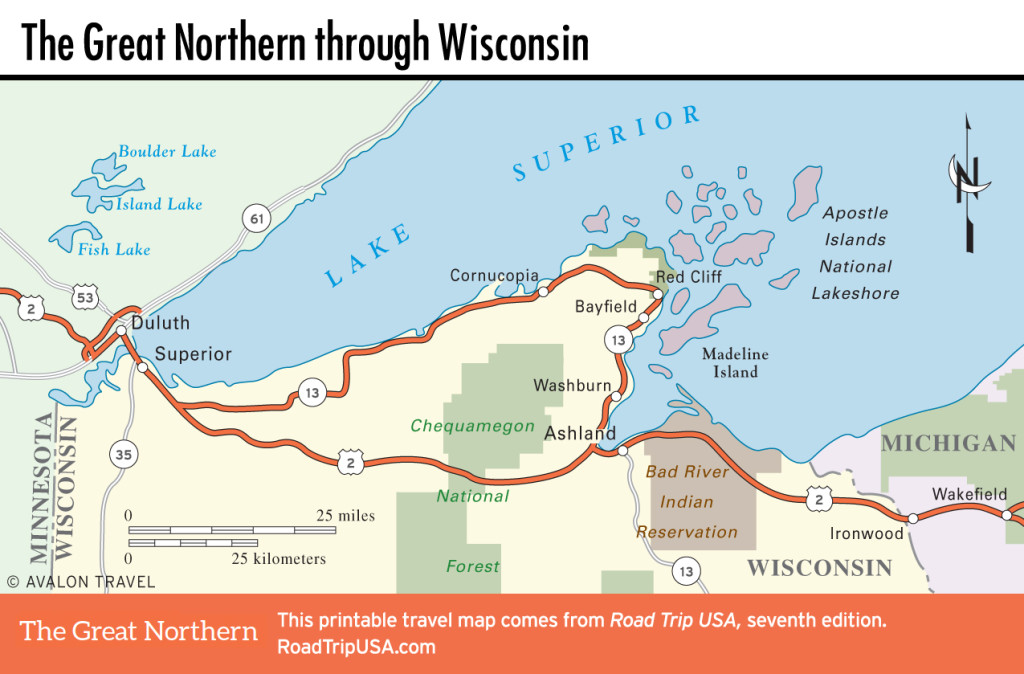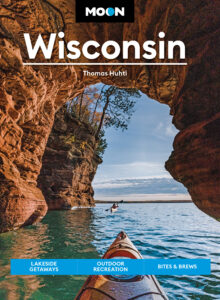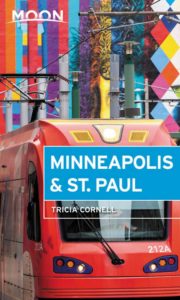Ashland
It’s not until you enter Ashland on US-2, roughly midway between the Minnesota and Michigan borders, that Lake Superior finally pokes its great nose at you. A big fish in sparsely populated north-woods Wisconsin, Ashland (pop. 7,897) likes to call itself the “Garland City of the Inland Seas,” but it’s really a town full of trestles, all the roads dipping and drooping under the mud-brown wood framework or plain faded steel of Soo Line bridges. Built up on an ever-so-slight rise above the lake, the town has an attractive Main Street with many well-preserved old buildings and a lakeshore lined with great parks and frigid-looking beaches. And you can walk on concrete base of the gargantuan Soo Line Ore Dock, the largest of its kind in the world.
Another sign of Ashland’s historic importance is the grand Best Western Hotel Chequamegon (pronounced “shuh-WAH-muh-gun”; 101 W. Lake Shore Dr., 715/682-9095, $90 and up), at the junction of US-2 and Hwy-13. Following a 1955 conflagration that destroyed the structure, the reconstruction has managed to capture the decorative charm and original grandeur, and it has a fine restaurant to boot.
Another big attraction, in interest if not actual size, is the newish Northern Great Lakes Visitor Center (715/685-9983, daily, free), 4 mi (6.4 km) west of downtown, along US-2 at the Hwy-13 junction. The spacious building is full of interpretive exhibits tracing local history and industry; outside there’s a nature trail through 180 acres (73 hectares) of mixed forest and wetlands, and a five-story tower gives a panoramic view.
For a change of pace, head 75 mi (121 km) south from Ashland to Phillips, where the Wisconsin Concrete Park (N8236 S. Hwy-13, 715/339-7282, free) preserves hundreds of creative concrete-and-glass sculptures of Paul Bunyan, Abe Lincoln, and lots of farm animals, all made in the 1950s by former logger and self-taught artist Fred Smith.
Related Travel Map
















